Code
HCS28311
Weight
1.75 Kg / 3.86 lbs
Size
Height
22cm (9") Width
17cm (7") Depth
11cm (4") Material
Copper
Availability
Available

Safe Payment
We accept Paypal, Money Transfer, Bank Transfer
Confidence
Protection covers your purchase and personal data.
Worldwide Delivery
We ship Worldwide, except Russia.Shipping cost US$25.2 for upto 0.5 kgs

Hotline
Talk to help line for your question on 9841267335Silver and Chocolate Oxidized
The Buddhist Handmade Statue Of Ksitigarbha, Ksitigarbha - Bodhisattva [face Painted], [silver And Chocolate Oxidized] features a captivating combination of partly silver plating and dark oxidation. This unique finishing technique combines the lustrous shine of silver with the rich, deep tones achieved through oxidation. In the process of creating this finish, selected areas of the Buddhist Handmade Statue Of Ksitigarbha, Ksitigarbha - Bodhisattva [face Painted], [silver And Chocolate Oxidized] are expertly silver-plated, creating a radiant and reflective surface that catches the light. The remaining areas are intentionally oxidized, resulting in a darkened patina that adds depth and character to the piece. Read More . . .
The Buddhist Handmade Statue Of Ksitigarbha, Ksitigarbha - Bodhisattva [face Painted], [silver And Chocolate Oxidized] features a captivating combination of partly silver plating and dark oxidation. This unique finishing technique combines the lustrous shine of silver with the rich, deep tones achieved through oxidation. In the process of creating this finish, selected areas of the Buddhist Handmade Statue Of Ksitigarbha, Ksitigarbha - Bodhisattva [face Painted], [silver And Chocolate Oxidized] are expertly silver-plated, creating a radiant and reflective surface that catches the light. The remaining areas are intentionally oxidized, resulting in a darkened patina that adds depth and character to the piece. Read More . . .
Lost-Wax System
This Ksitigarbha Bodhisattva of Buddhist Handmade Statue Of Ksitigarbha, Ksitigarbha - Bodhisattva [face Painted], [silver And Chocolate Oxidized] is made by the process of the Lost Wax system. This is a very complicated, time consuming and historic process of making metal sculptures.Which is why it is sometimes called Precision Casting as well. Hence the sculptures made by this process are comparatively expensive. There are many new, advanced and less time consuming methods of casting metal sculptures available as well. But due to the benefits provided by the traditional lost wax system in quality control and customization, we prefer the Loss wax system over Ceramic molding, or sand casting to make our Ksitigarbha Bodhisattva.
Below we have tried to illustrate the process of making a loss wax system statue: Read More . . .
This Ksitigarbha Bodhisattva of Buddhist Handmade Statue Of Ksitigarbha, Ksitigarbha - Bodhisattva [face Painted], [silver And Chocolate Oxidized] is made by the process of the Lost Wax system. This is a very complicated, time consuming and historic process of making metal sculptures.Which is why it is sometimes called Precision Casting as well. Hence the sculptures made by this process are comparatively expensive. There are many new, advanced and less time consuming methods of casting metal sculptures available as well. But due to the benefits provided by the traditional lost wax system in quality control and customization, we prefer the Loss wax system over Ceramic molding, or sand casting to make our Ksitigarbha Bodhisattva.
Below we have tried to illustrate the process of making a loss wax system statue: Read More . . .
Gold Painted Face
The face of Buddhist Handmade Statue Of Ksitigarbha, Ksitigarbha - Bodhisattva [face Painted], [silver And Chocolate Oxidized] is painted with gold to enhance its significant features, particularly the eyes, and lips. This detailed painting is essential as it brings forth the crucial attributes of the expression of eyes and lips that metal carving alone cannot capture.
Moreover, the painted face serves as a symbolic and sacred ritual in Buddhism, preparing the statue for consecration and practice. The act of painting the face with gold in Buddhism holds deep meaning. It represents the intention to bring life and expression to the statue, imbuing it with a sense of vitality and presence. The application of gold on the face showcases the devotion and craftsmanship of the artisans, ensuring that every detail is carefully attended to honor the sacred essence of the Buddhist Handmade Statue Of Ksitigarbha, Ksitigarbha - Bodhisattva [face Painted], [silver And Chocolate Oxidized]. Read More . . .
The face of Buddhist Handmade Statue Of Ksitigarbha, Ksitigarbha - Bodhisattva [face Painted], [silver And Chocolate Oxidized] is painted with gold to enhance its significant features, particularly the eyes, and lips. This detailed painting is essential as it brings forth the crucial attributes of the expression of eyes and lips that metal carving alone cannot capture.
Moreover, the painted face serves as a symbolic and sacred ritual in Buddhism, preparing the statue for consecration and practice. The act of painting the face with gold in Buddhism holds deep meaning. It represents the intention to bring life and expression to the statue, imbuing it with a sense of vitality and presence. The application of gold on the face showcases the devotion and craftsmanship of the artisans, ensuring that every detail is carefully attended to honor the sacred essence of the Buddhist Handmade Statue Of Ksitigarbha, Ksitigarbha - Bodhisattva [face Painted], [silver And Chocolate Oxidized]. Read More . . .
Brief Introduction :
Ksitigarbha is a bodhisattva who is most commonly represented as a Buddhist monk in East Asian Buddhism. "Earth Treasury," "Earth Store," "Earth Matrix," or "Earth Womb" are all possible translations of his name. K?itigarbha is known for his vow to take responsibility for the instruction of all beings in the six worlds between the death of Gautama Buddha and the rise of Maitreya, as well as his vow not to achieve Buddhahood until all hells are emptied. He is therefore often regarded as the bodhisattva of hell-beings, as well as the guardian of children and patron deity of deceased children and aborted fetuses in Japanese culture, where he is known as Jiz? or Ojiz?-sama.
He is usually represented as a shaved-headed monk with a halo around his head, wielding a staff to open the gates of hell and a wish-fulfilling diamond to light up the darkness.
He is usually represented as a shaved-headed monk with a halo around his head, wielding a staff to open the gates of hell and a wish-fulfilling diamond to light up the darkness.
In East Asian Mahayana Buddhism, Kitigarbha is one of the four main bodhisattvas. Samantabhadra, Manjusri, and Avalokitevara are the others.
He is represented in a classical bodhisattva form in pre-Tang dynasty grottos in Dunhuang and Longmen. He was increasingly represented as a monk carrying Buddhist prayer beads and a staff after the Tang.
Dayuan Dizang Pusa, or "Kitigarbha Bodhisattva of the Great Vow," is his Chinese name, which is pronounced Daigan Jiz Bosatsu in Japanese and Jijang Bosal in Korean. This term refers to his promise to accept responsibility for the education of all creatures in the six worlds in the age between the Buddha's parinirvana and the rising of Maitreya, as stated in the sutras. Because of its significance, shrines to Kitigarbha are frequently seen in temples, particularly in memorial halls or mausoleums.
He is represented in a classical bodhisattva form in pre-Tang dynasty grottos in Dunhuang and Longmen. He was increasingly represented as a monk carrying Buddhist prayer beads and a staff after the Tang.
Dayuan Dizang Pusa, or "Kitigarbha Bodhisattva of the Great Vow," is his Chinese name, which is pronounced Daigan Jiz Bosatsu in Japanese and Jijang Bosal in Korean. This term refers to his promise to accept responsibility for the education of all creatures in the six worlds in the age between the Buddha's parinirvana and the rising of Maitreya, as stated in the sutras. Because of its significance, shrines to Kitigarbha are frequently seen in temples, particularly in memorial halls or mausoleums.


![Buddhist Handmade Statue Of Ksitigarbha, Ksitigarbha - Bodhisattva [face Painted], [silver And Chocolate Oxidized]](https://handicraftseller.com/uploads/pics/product/thumb/2023/02/28311.jpg)
![Buddhist Handmade Statue Of Ksitigarbha, Ksitigarbha - Bodhisattva [face Painted], [silver And Chocolate Oxidized]](https://handicraftseller.com/uploads/pics/product/thumb/2023/02/28311_0.jpg)
![Buddhist Handmade Statue Of Ksitigarbha, Ksitigarbha - Bodhisattva [face Painted], [silver And Chocolate Oxidized]](https://handicraftseller.com/uploads/pics/product/thumb/2023/02/28311_1.jpg)
![Buddhist Handmade Statue Of Ksitigarbha, Ksitigarbha - Bodhisattva [face Painted], [silver And Chocolate Oxidized]](https://handicraftseller.com/uploads/pics/product/thumb/2023/02/28311_2.jpg)
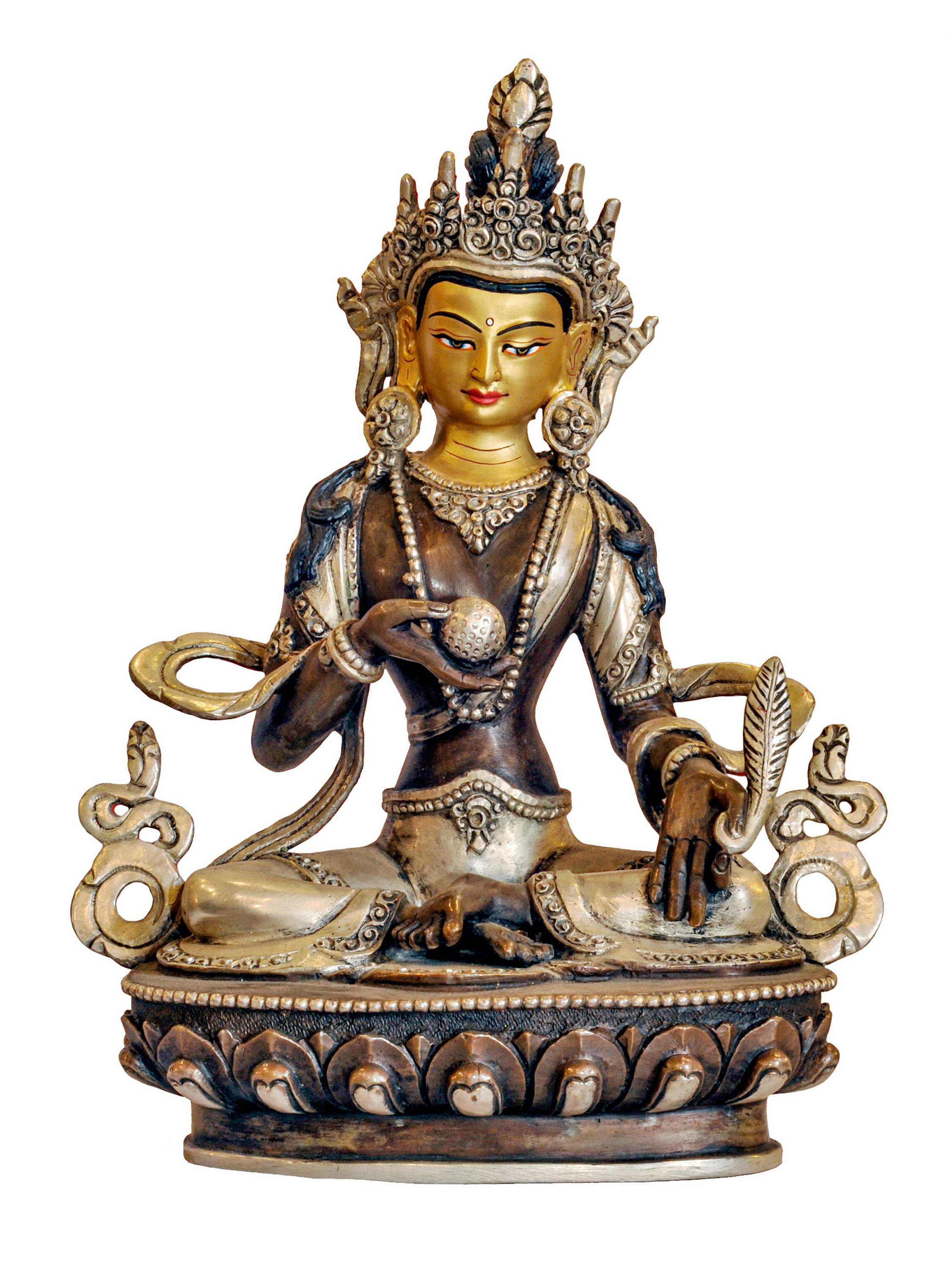

























































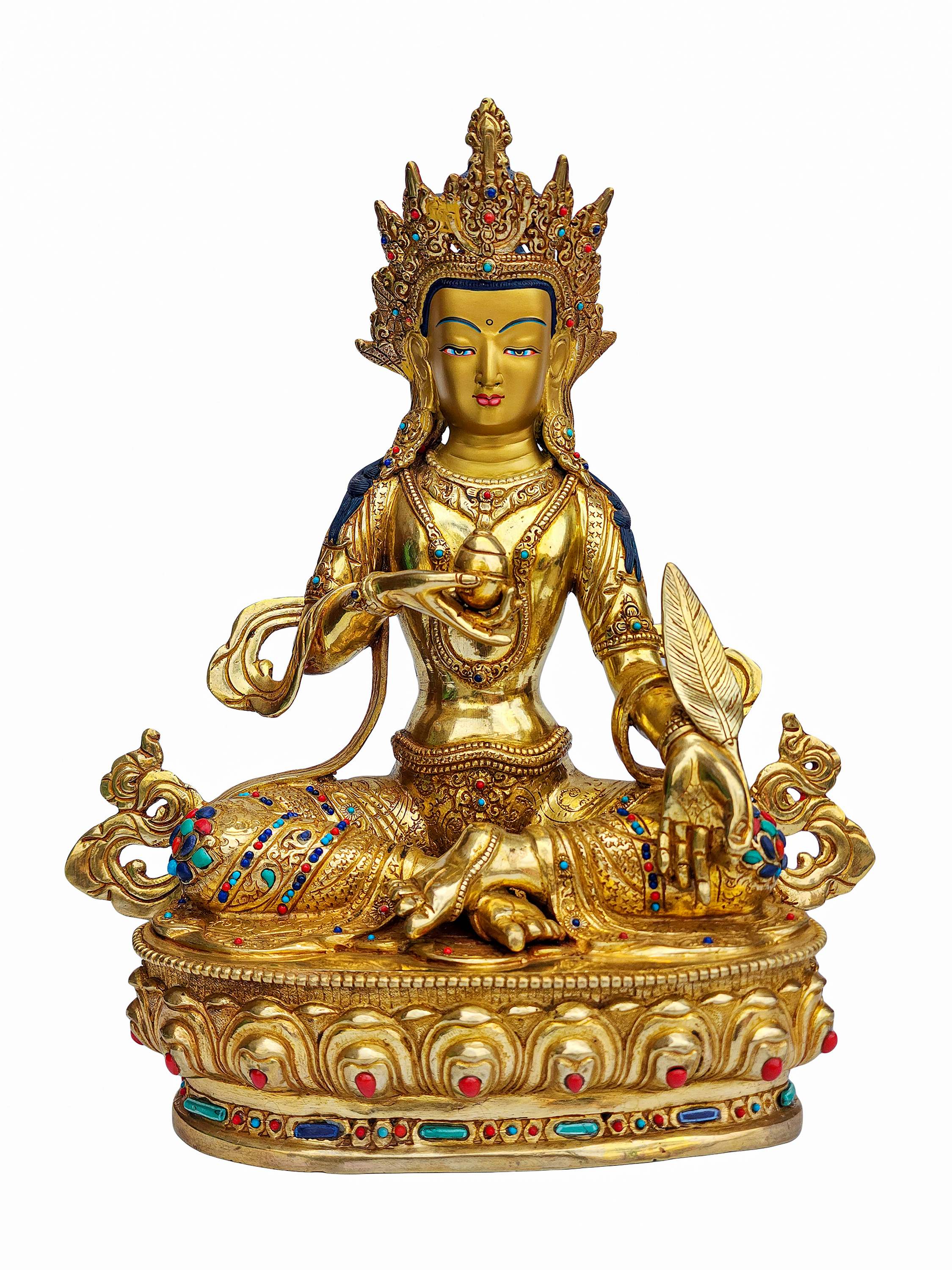 of Ksitigarbha,
of Ksitigarbha, 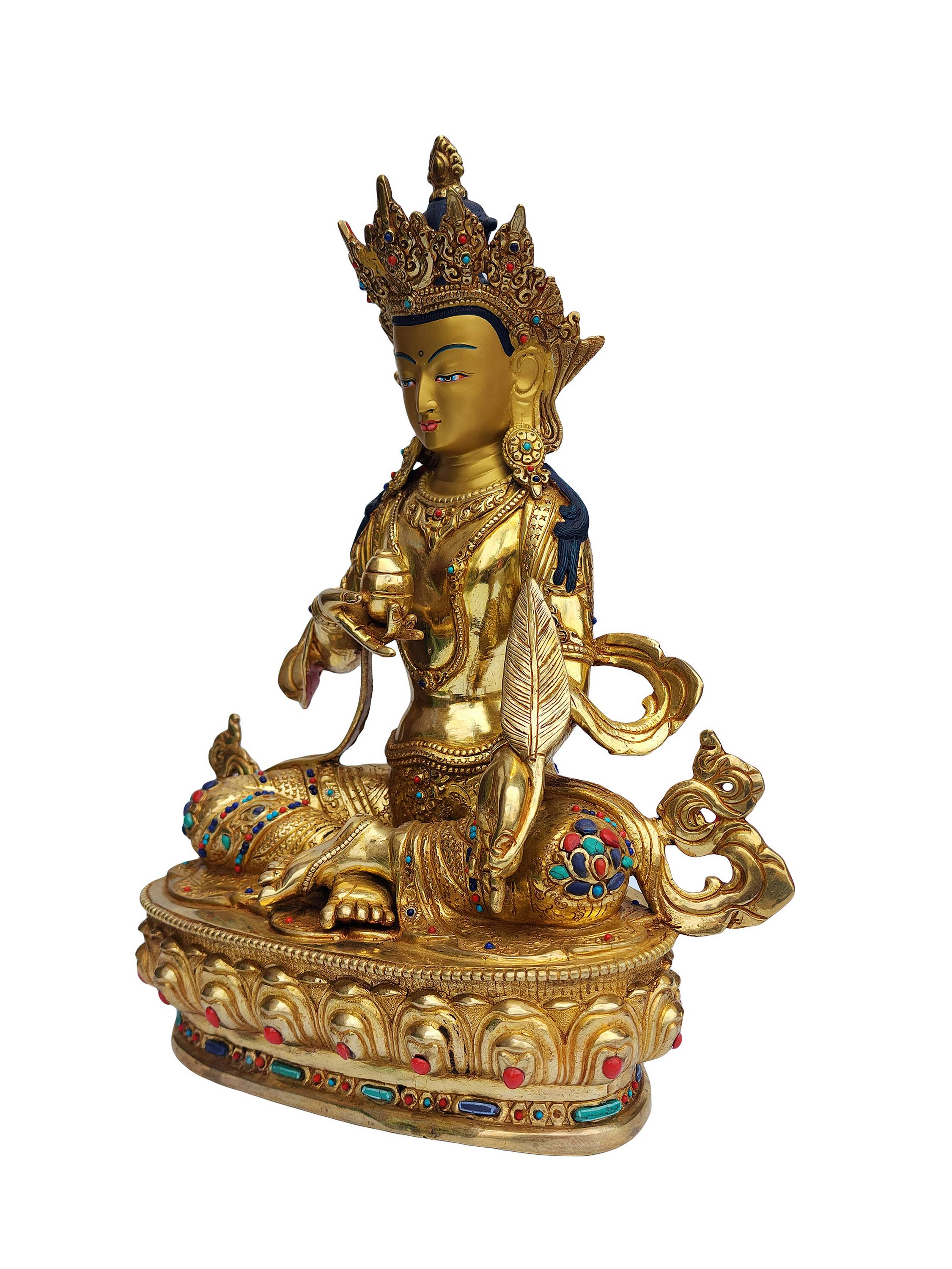 of Ksitigarbha,
of Ksitigarbha,  Ksitigarbha, Buddhist Handmade Statue,
Ksitigarbha, Buddhist Handmade Statue, 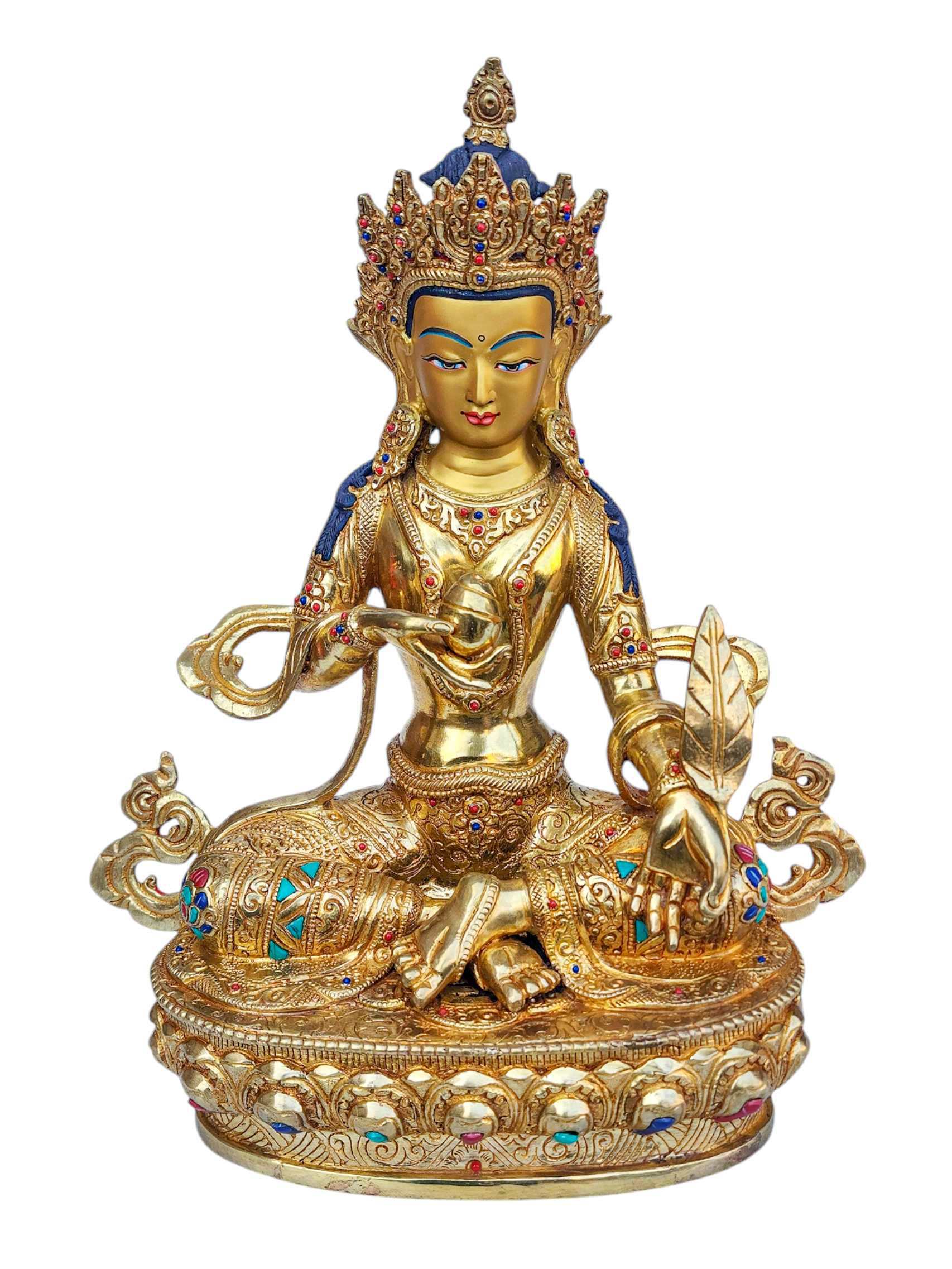 Ksitigarbha
Ksitigarbha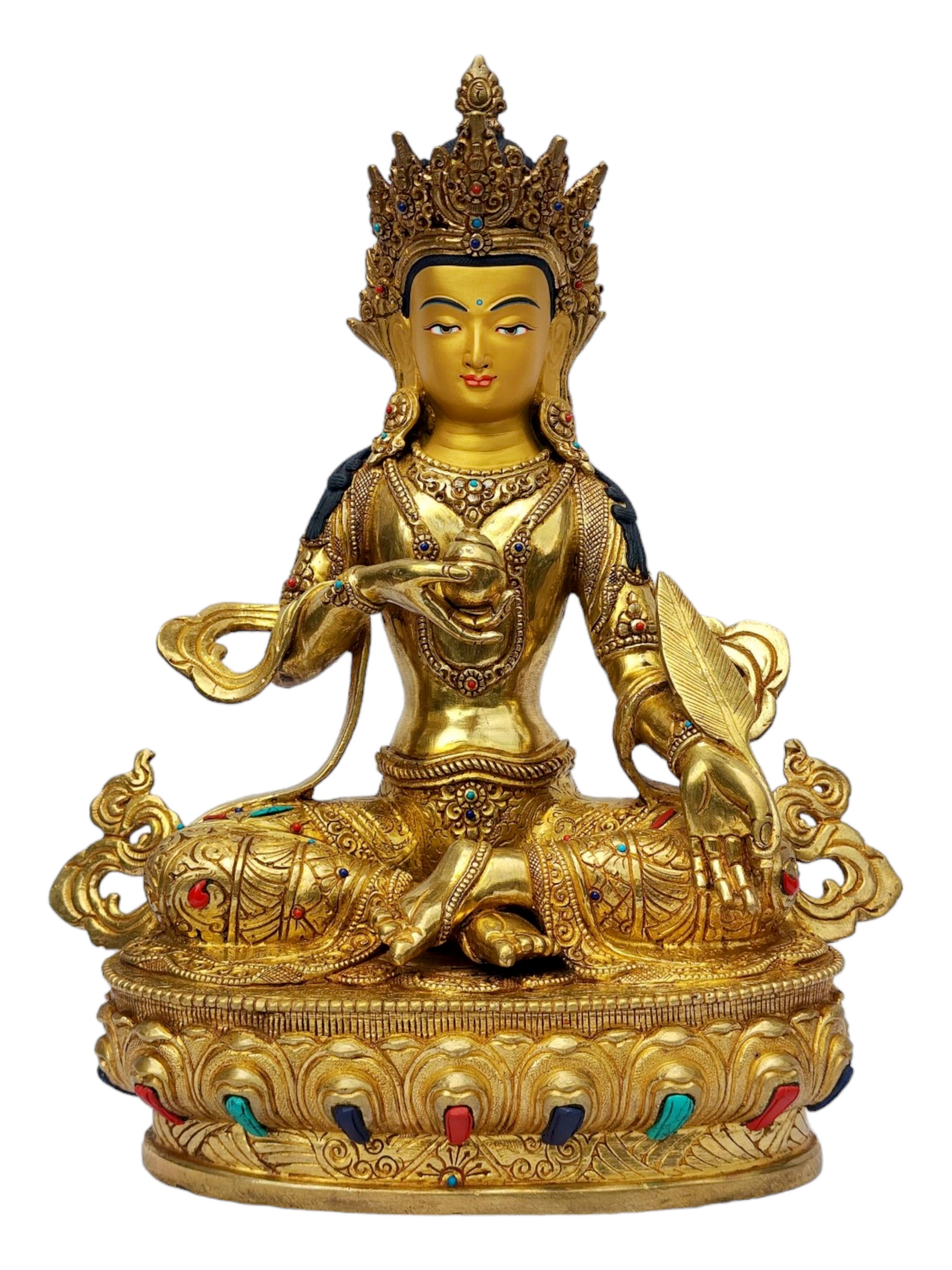 Ksitigarbha, Buddhist Handmade Statue,
Ksitigarbha, Buddhist Handmade Statue, 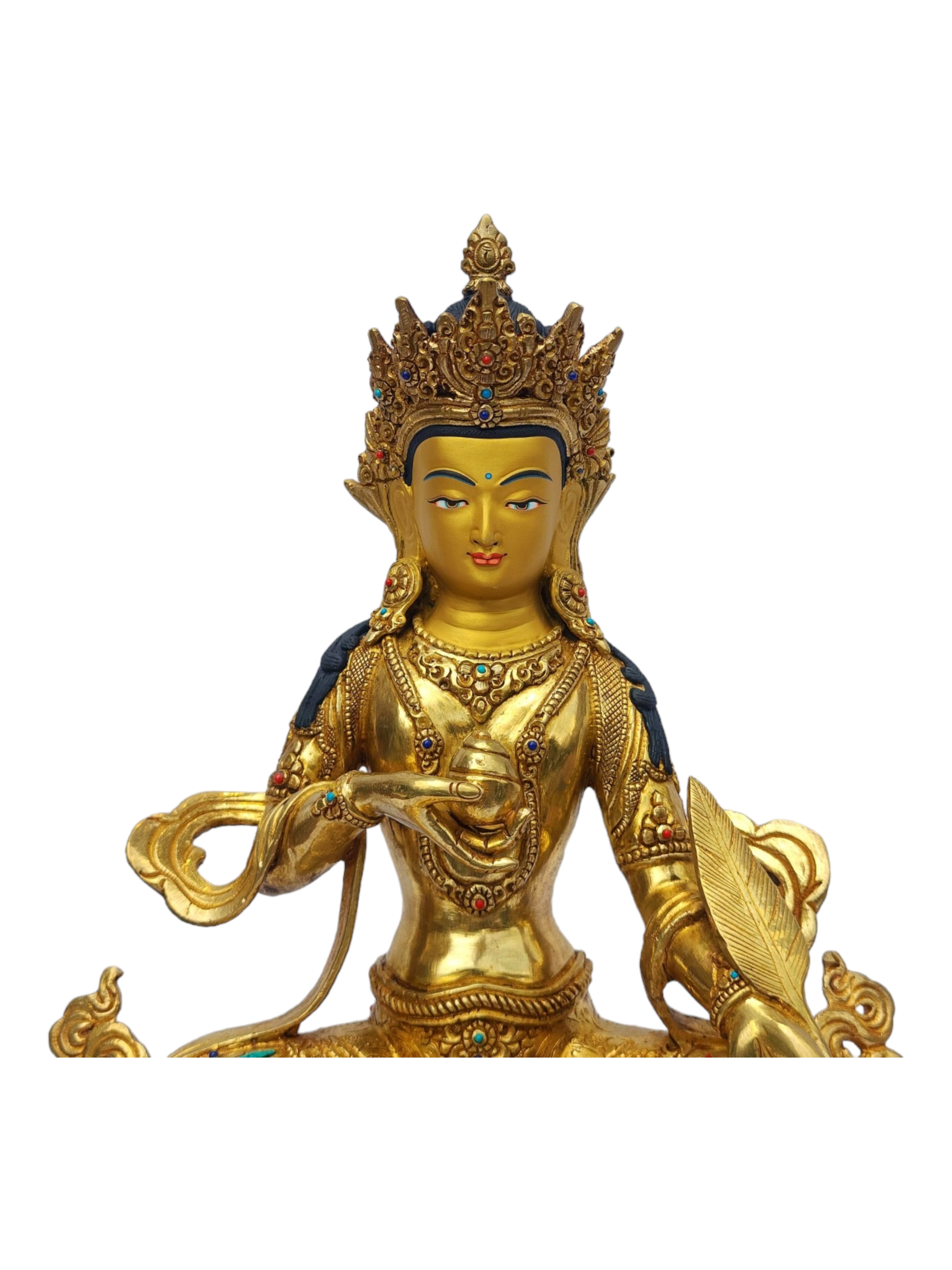 Ksitigarbha, Buddhist Handmade Statue,
Ksitigarbha, Buddhist Handmade Statue, 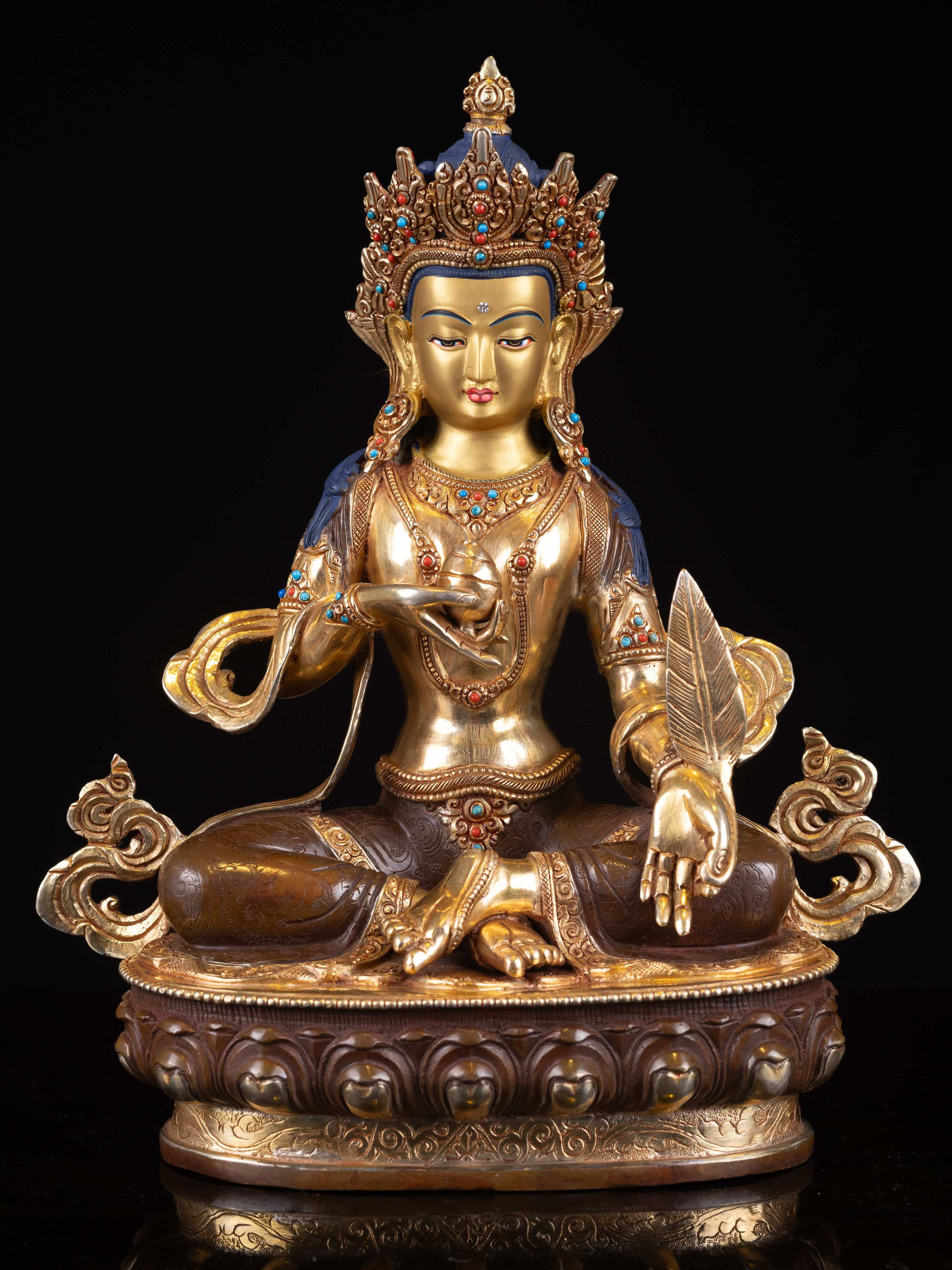 Ksitigarbha, Buddhist Handmade Statue,
Ksitigarbha, Buddhist Handmade Statue, 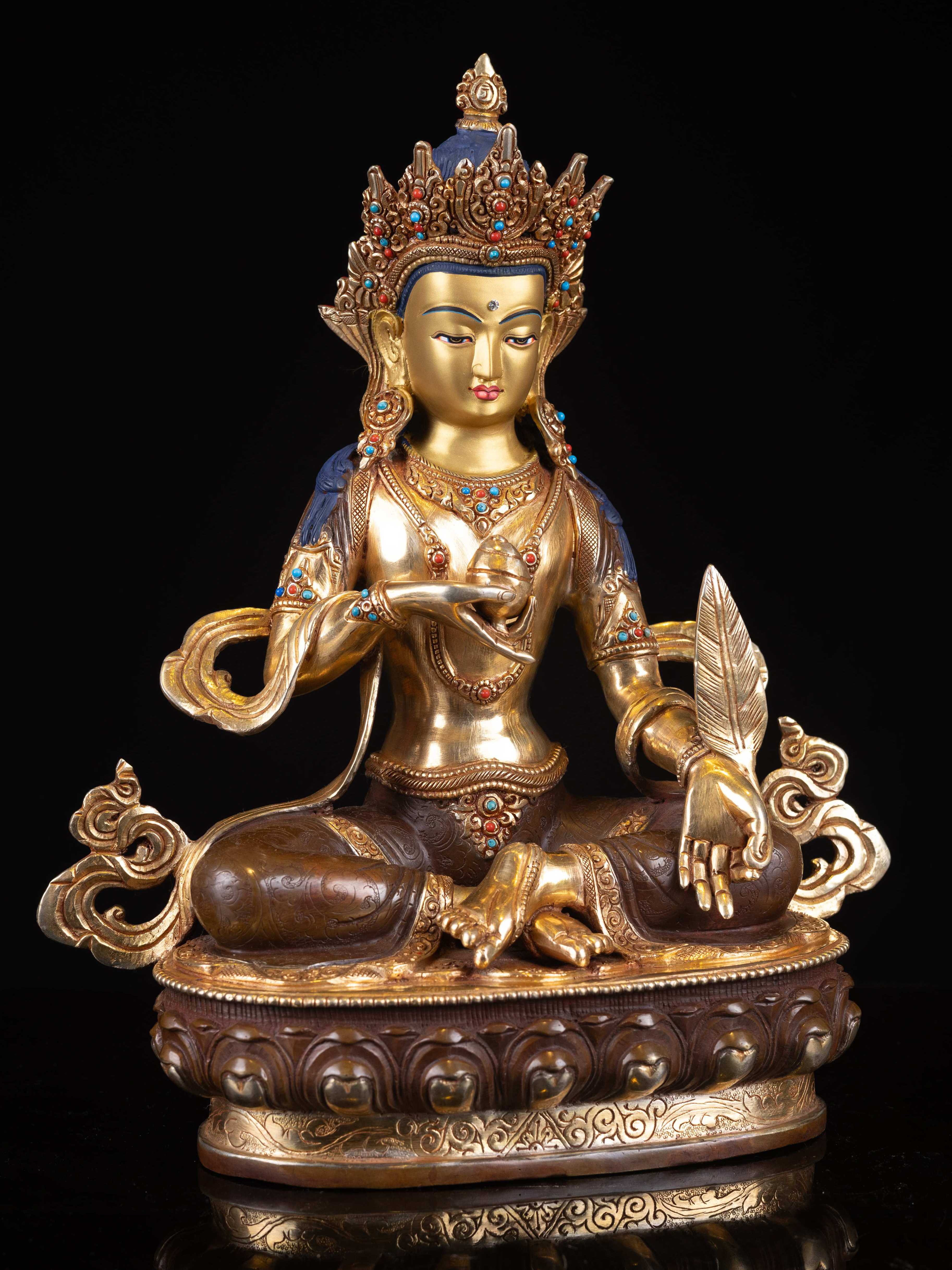 Ksitigarbha, Buddhist Handmade Statue,
Ksitigarbha, Buddhist Handmade Statue,  of
of  of
of 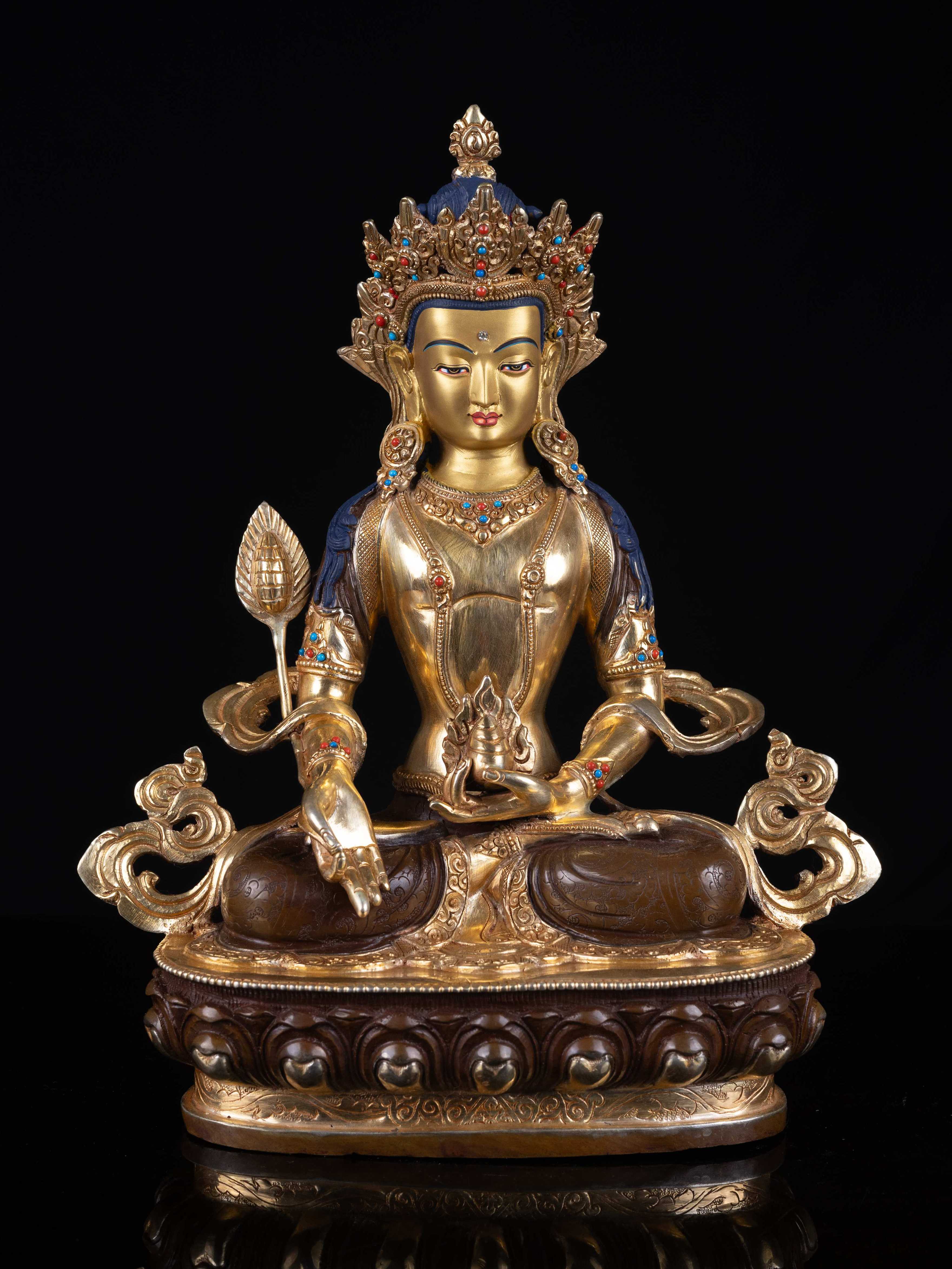 Ksitigarbha, Buddhist Handmade Statue,
Ksitigarbha, Buddhist Handmade Statue, 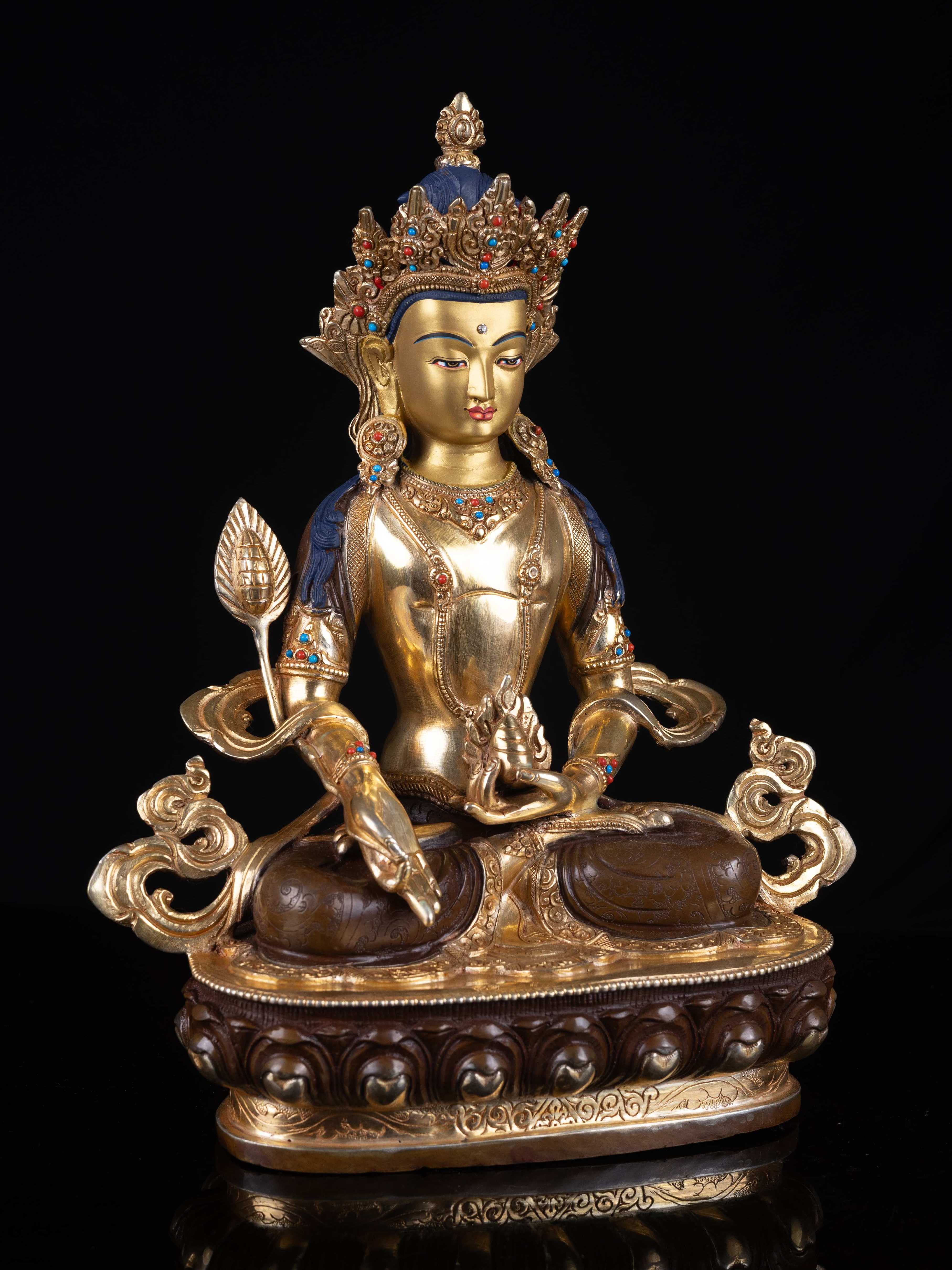 Ksitigarbha, Buddhist Handmade Statue,
Ksitigarbha, Buddhist Handmade Statue, 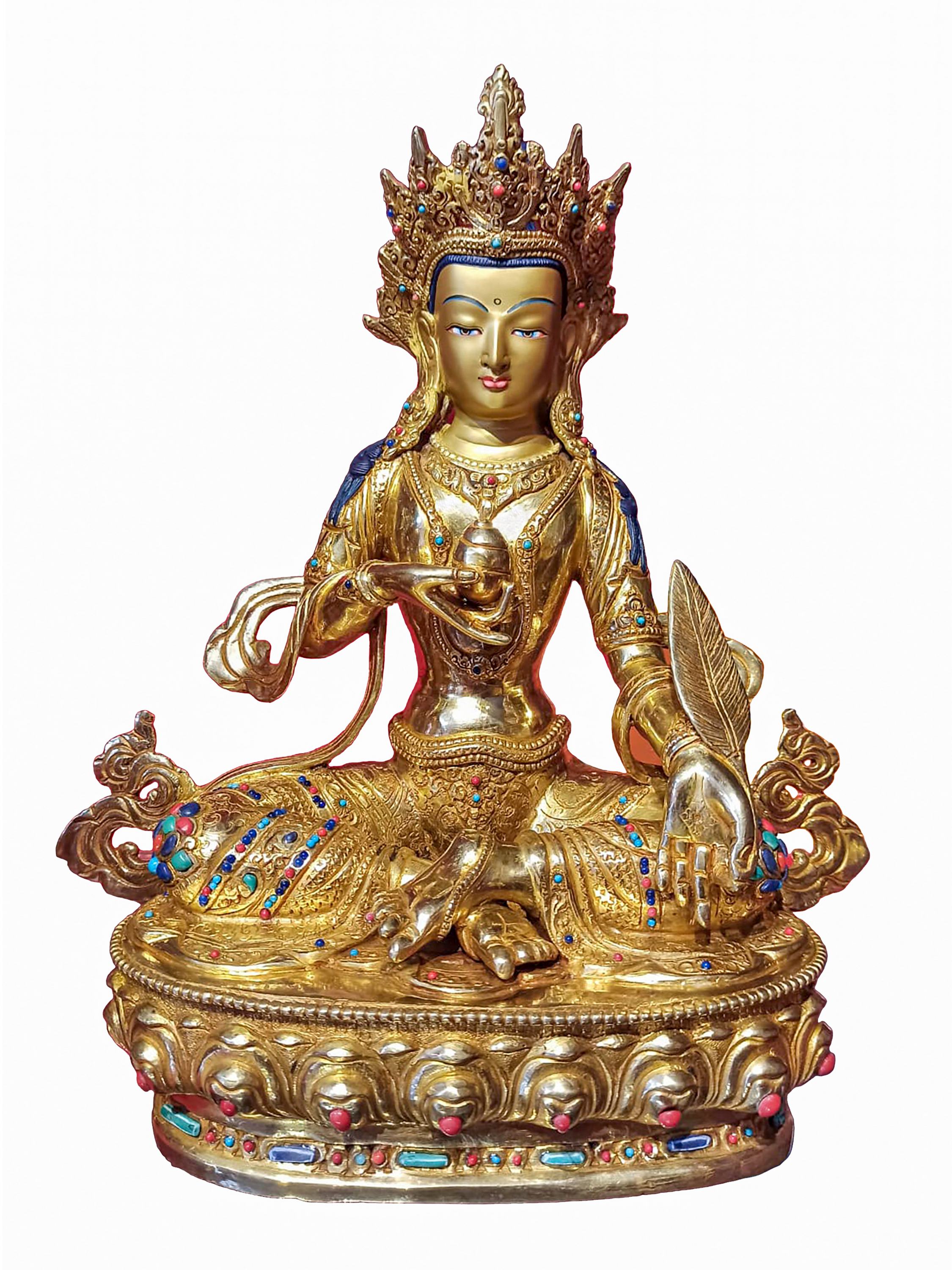 of Ksitigarbha,
of Ksitigarbha, 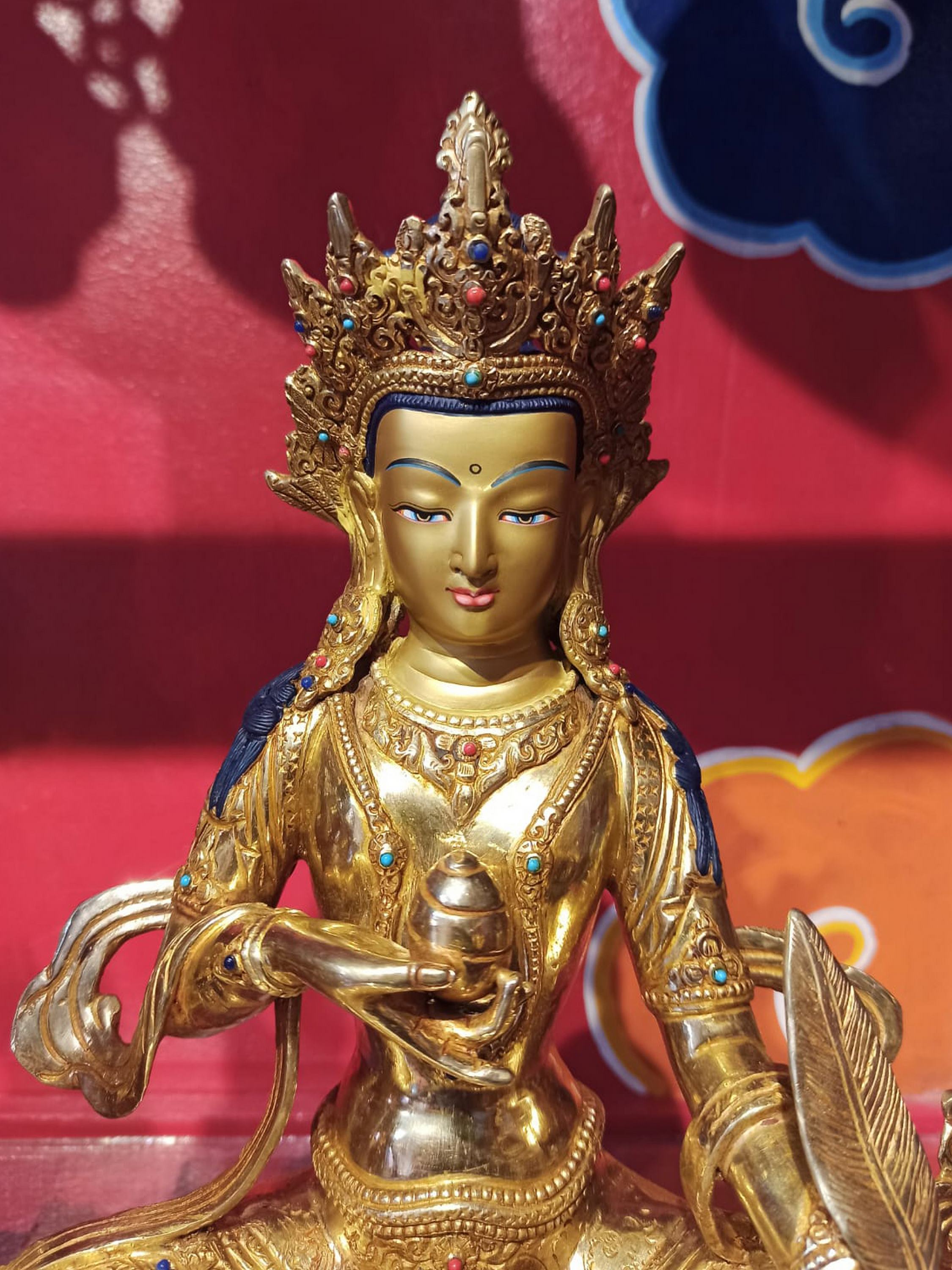 of Ksitigarbha,
of Ksitigarbha,  Ksitigarbha, Buddhist Handmade Statue,
Ksitigarbha, Buddhist Handmade Statue, 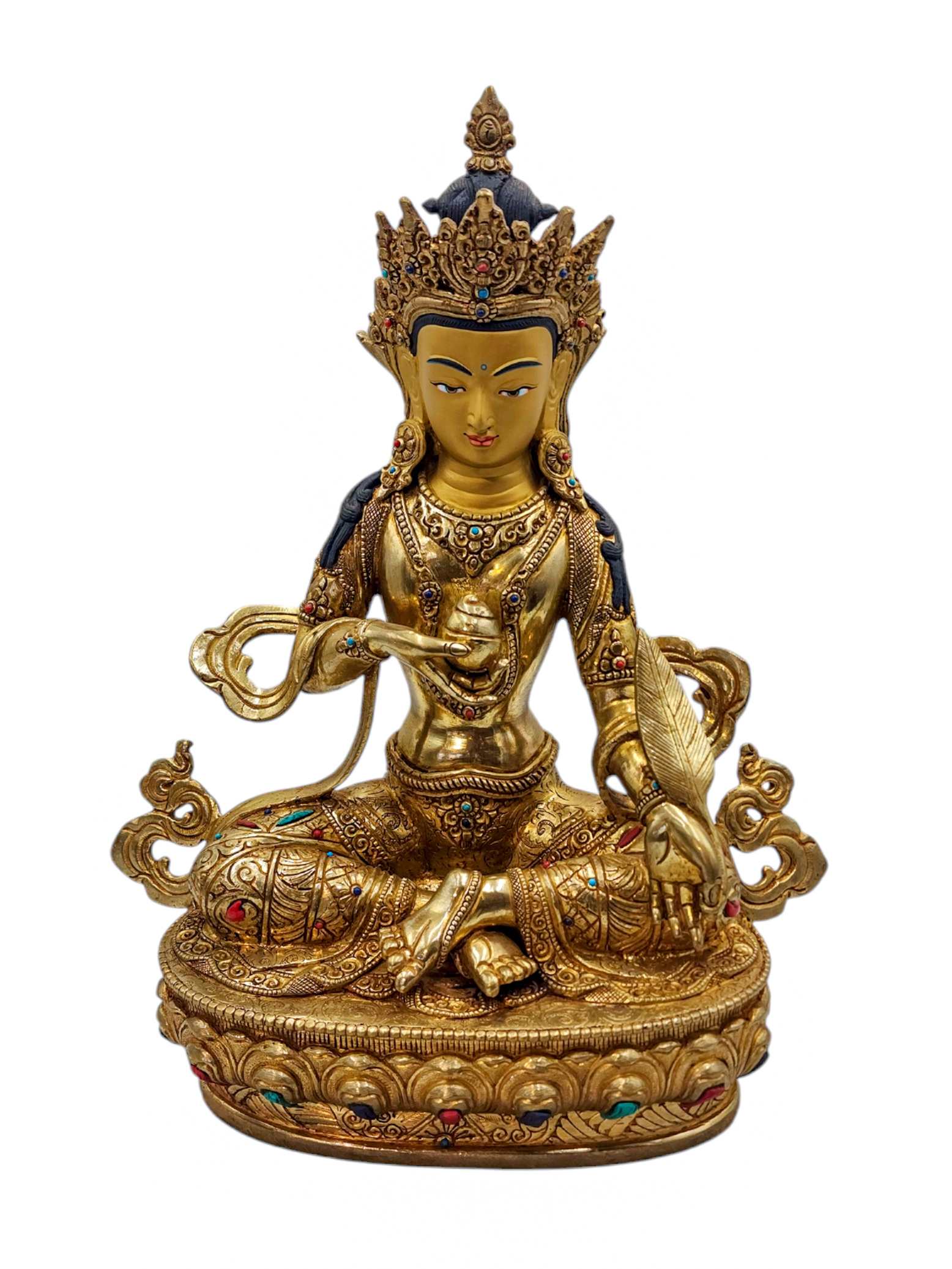 Ksitigarbha, Buddhist Handmade Statue,
Ksitigarbha, Buddhist Handmade Statue,